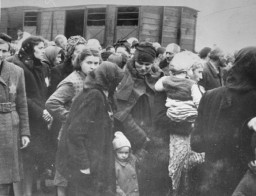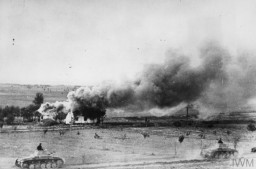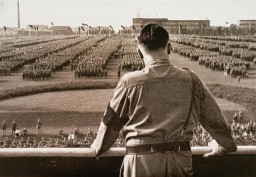We would like to thank Crown Family Philanthropies and the Abe and Ida Cooper Foundation for supporting the ongoing work to create content and resources for the Holocaust Encyclopedia. View the list of all donors.
![German soldiers direct artillery against a pocket of resistance during the Warsaw ghetto uprising. [LCID: 34083b]](https://encyclopedia.ushmm.org/images/thumb/8ffe37b4-0b4f-4966-9e03-838766fb9e89.jpg)
Artículo Destacado
El levantamiento del ghetto de Varsovia
Navegar artículos populares
Explorar la enciclopedia
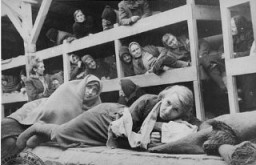
Historias personales
Explore las biografías en línea para aprender más acerca de las experiencias personales durante el Holocausto
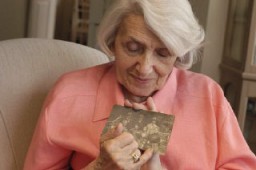
Fotografías
Navegar todas las fotografías
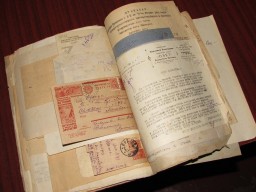
El Holocausto
Un sitio de aprendizaje para estudiantes

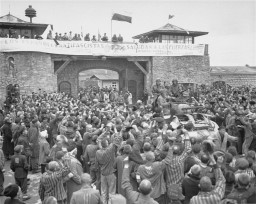
![Stretcher bearers carry a wounded soldier during the Battle of the Somme. [LCID: 2453747]](https://encyclopedia.ushmm.org/images/thumb/647ba4e2-8fc6-4340-9d0c-21dd535eaf42.jpg)
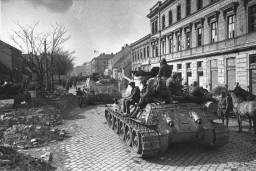
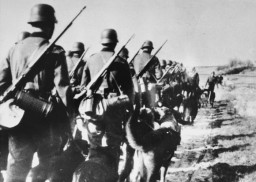
![German forces enter Aachen, on the border with Belgium, following the remilitarization of the Rhineland. [LCID: 70032]](https://encyclopedia.ushmm.org/images/thumb/4d587734-0984-4f9f-9d7d-5e2b5e87dacc.jpg)
